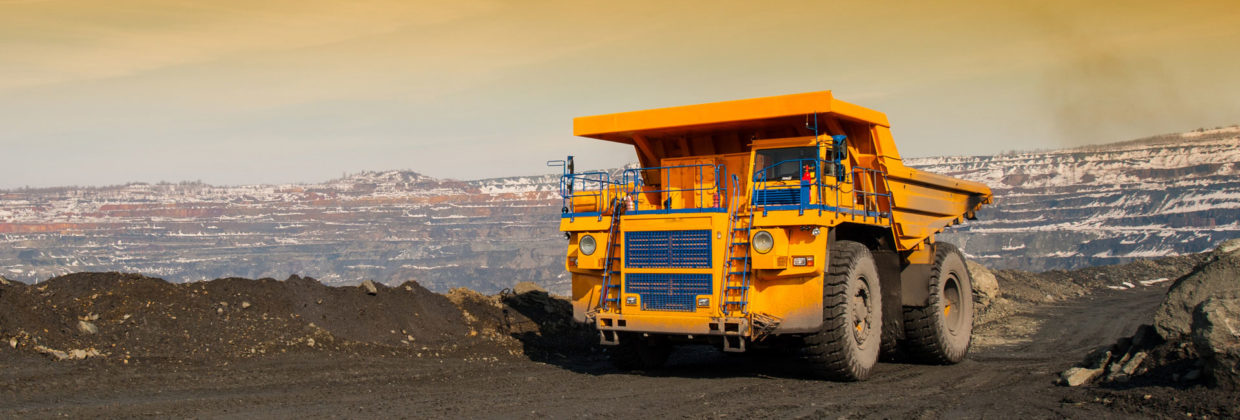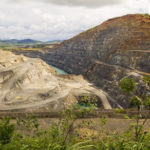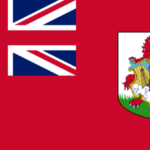The Brazilian mining sector is governed by the Mining Code from 1967, the Mining Regulations (which came into force in December 2017) and other regulations issued by the National Mining Agency (“ANM”), which was also created in December 2017.
The ANM is responsible for issuing mining licences and for collecting mining licence fees, among other matters. Moreover, mining royalties are payable to the Federal government.
Specific rules apply to petroleum, natural gas and radioactive minerals.
Mining licences
The Brazilian Constitution provides that all minerals (onshore and offshore) belong to the state (Brazil). Therefore, landowners do not own any minerals underground and the right to explore and extract minerals depend on licences issued by the ANM.
Brazilian individuals and legal entities registered in Brazil and controlled by Brazilians can obtain licences from the ANM. Note that different corporate structures may be used to fulfill this requirement, so the level of control required is not strict.
Exploration licence
For the vast majority of minerals, the first step required to be taken is to file a request for an exploration licence (requerimento de autorização de pesquisa).
Interested parties must file for the exploration licence at the ANM office with jurisdiction where the relevant tenement is located. The request must contain, among other things, a project for the exploration work to be undertaken, which must be prepared by a registered geologist. All applications are given priority on a first-to-file basis.
If the exploration licence is approved, the ANM will issue the exploration licence (autorização de pesquisa). Under the licence, the licensee will have an four years (with the option to extend it for another period of up to four years and other extensions in specific cases) to explore the area according to the approved plan to prove the existence of the mineral and the economic feasibility of its extraction.
Once the exploration is completed, the licensee must submit to ANM a final exploration report (in exceptional circumstances this requirement may be waived by ANM). If the report is approved, the interested party will have one year from the date of approval to apply for an extraction licence. This period may be extended for another year. Where an individual (rather than a company) holds the exploration licence, he or she must set up a legal entity or transfer the rights over the tenement to a legal entity within this period.
Extraction licence
Once the ANM has approved the final exploration report carried out under the exploration licence, the interested party needs to apply for an extraction licence (concessão de lavra). This application is called the extraction request (requerimento de concessão de lavra).
The application must contain, among other things, a detailed economic viability study setting out:
- a description of the operations to be undertaken;
- projects or drafts relating to the method of operation to be adopted and production scale, including lighting, ventilation, logistics, signage, workplace health and safety, transportation and storage of the minerals, power, water and air supplies, and hygiene measures for the mine and the mining operation;
- rescue and retrieval plans;
- plan for control of the environmental impacts in the mining operations;
- plan for the mine closure;
- installation licence issued by the relevant State agency.
Once the ANM approves the application, the exploitation permit will be granted by publication in the Federal Gazette and registered with the ANM or by gazetted order of the Minister for Mines and Energy.
In case the landowner is a third party, the grantee must negotiate the compensation for the occupation of the property and the damages caused to the property. The landowner has no right of veto over mineral development on his property, but will be entitled to a participation in the economic results of the mining exploitation corresponding to 50% of the amount payable by the grantee on account of the financial compensation for the exploitation of mineral resources (compensação financeira pela exploração de recursos minerais, “CFEM”).
Information available to the public
The information contained in any mining process will be available to the public. To this end, individuals may access the file and obtain copies of the files.
However, the following will be kept confidential by the ANM and not be accessible to the public:
- the exploration report, the economic feasibility report, the reserve assessment report and the annual extraction report as well as all documents which are part of the mining file whose confidentiality is granted by the ANM upon the tenement holder’s request;
- documents relating to Kimberley Certification processes; and
- documents relating to the enforcement of CFEM debts.
The ANM will only order that a document be kept confidential if it contains “an industrial secret to be protected or company information that may amount to a competitive advantage” to others.
Mining licence fees
Care must be taken when selecting the tenements, as fees will apply to the licences based on the size of the tenements. The annual fee per hectare (tax anual por hectare, “TAH”) is payable as a consequence of the issuing of the exploration licence and is used to fund the ANM. TAH applies in addition to the standard application fees, which are payable per tenement and not based on the tenement’s area.
The TAH applicable from 1 March 2024 is R$4.53 for the initial term of the exploration licence and R$6.78 during the term extension. If the payments are not made in full by their due date and administrative proceedings are commenced a fine of R$4,527.31 will apply. If the fines are not paid, then the rights over the tenements will be lost, the tenement holder will be registered as being in breach of its tax obligations and court proceedings will be filed by the tax authorities seeking enforcement of the debt.
Mining royalties
The financial compensation for the exploitation of mineral resources (compensação financeira pela exploração de recursos minerais, “CFEM”) is a mining royalty, created under the Brazilian Constitution to be shared among the States, the Federal District, Municipalities and agencies of the Federal government. Law 13,540/2017 brought about changes to CFEM calculation methods and rates.
The party liable for the payment of the CFEM will be:
- the holder of the extraction licence (the liability arises when the mineral asset leaves the seller’s establishment for the first time);
- the first buyer of the mineral extracted under a garimpo licence (the liability arises when the mineral asset is purchased for the first time);
- the buyer of mineral assets when the asset is bought in public auctions imposed by law (the liability arises when the asset is purchased for the first time); and
- upon consumption (the liability arises when the mineral asset is consumed).
The CFEM is calculated on:
- the sale price, less applicable taxes, when the purchase is made from holders of the exploration licences and garimpos (and on the winning bid amount when the purchase occurs via public auctions imposed by law);
- on consumption, calculated over the market value of the mining asset in that market, after processing is concluded; and
- on exports, calculated under article 19-A of Law 9,430/1996 and applicable rules issued by the Federal Revenue Department (benchmark prices are used in the calculation).
The CFEM rates are as follows:
- 1% for rocks, sand, gravel, clay and other mining substances for immediate use in civil works, as well as for mineral and thermal water;
- 1.5% for gold;
- 2% for diamond and other unspecified mining substances;
- 3% for bauxite, manganese, niobium and rock salt; and
- 3.5% for iron ore.
Petroleum and natural gas
The exploration of petroleum and natural gas is controlled by the Federal government. Only in very specific circumstances these may be explored by entities other than Petrobras (Brazil’s government-controlled oil company). However, obtaining authorisation is not impossible as it can be seen from both large and mid-sized operators exploring these assets in Brazil.
Radioactive Minerals
Exploration of radioactive materials has seen major changes in late 2022, with private companies now being allowed to undertake various activities that were previously under the full control of Indústrias Nucleares do Brasil (a Federal government-owned entity). You can find further information here.
Questions?
Contact me if you would like further information. My firm is ready to assist you.











 The site is managed by Fabiano Deffenti, a lawyer admitted to practise in Brazil and Australia, enrolled as a barrister and solicitor in New Zealand and licensed as an attorney-at-law in New York.
The site is managed by Fabiano Deffenti, a lawyer admitted to practise in Brazil and Australia, enrolled as a barrister and solicitor in New Zealand and licensed as an attorney-at-law in New York.